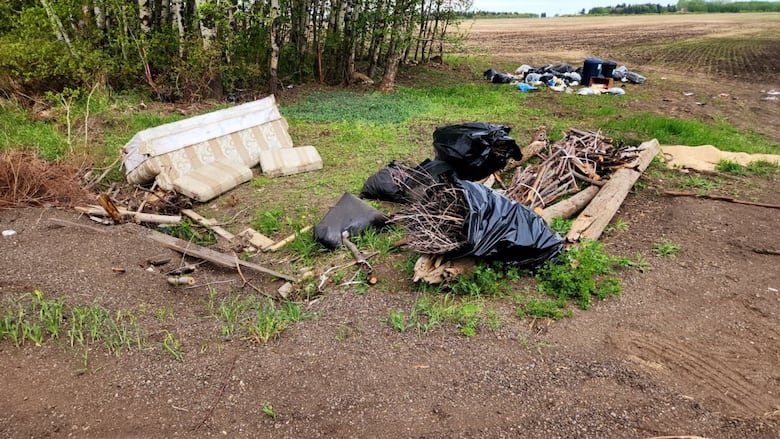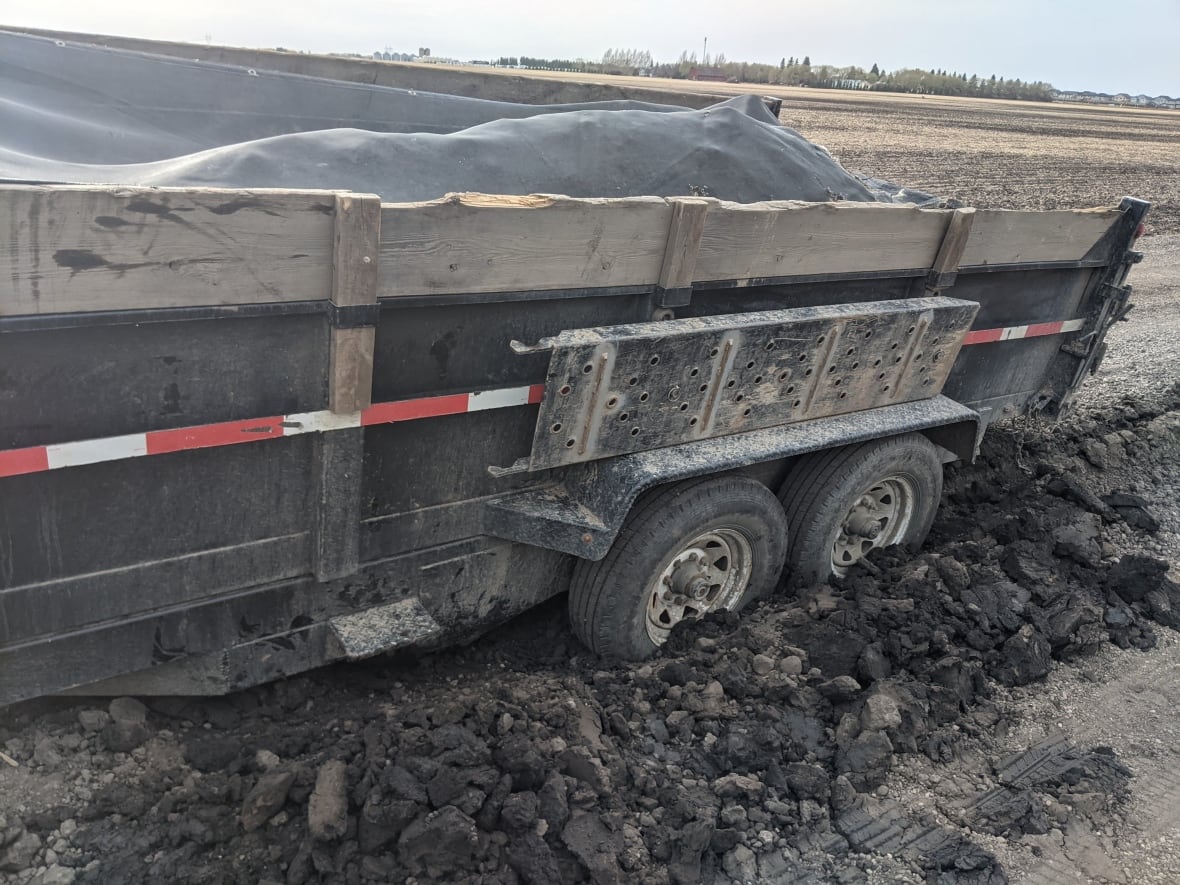Annexation blues: Residents in Edmonton's future growth area grapple with growing pains
Formerly part of Leduc County, the area has minimal infrastructure and few services

Nearly six years after Edmonton's biggest annexation in decades, residents who live in what the city calls its future growth area are anxious about what is to come.
For landscaper Jacob Morris, Edmonton's growth continues to be a bittersweet feeling.
His family first arrived in what is now the future growth area in 1891. They've had their current farm for close to 45 years and run a number of businesses including a landscaping company and an RV storage yard.
The land used to be part of Leduc County, but was added to the city's boundary during the 2019 annexation along with nearly 9,000 hectares of land. The area is mostly farms and is zoned for agriculture. What once was a very rural community had suddenly become part of the province's capital city.
Morris said as the city gets closer, so do potential clients for his business. But it hasn't been without some downsides.
"We're still feeling maybe some of the negatives."

He said construction waste, garbage dumping and deteriorating roads were a few of the problems they've been dealing with since the annexation. Morris recalls speaking with the different city divisions at an open house during the annexation process.
"I remember the road table people being very confident the road conditions would be as good or better."
But now Morris says the road quality has made it hard to attract business for the RV storage. At the same time, heaps of garbage are dumped near or on the family property. While the city has had workers remove trash, it keeps piling up.
Unlike most of Edmonton, there is minimal infrastructure and few services in the area, and there likely won't be for years, until development begins.
City pre-planning for south expansion
The city's current plan calls for the eventual greenfield development of the region, where new residential communities will be built on the previously undeveloped land and farmland. It's expected to begin by the time the city reaches 1.5 million.
Planners have opened the door for a service study of the future growth area to be completed by the end of 2026. This will help map out arterial roads, substations, and other necessary infrastructure to support future neighbourhoods.
"It's a really exciting project," city planner Jason Cunha said. "We're pretty confident at least in Alberta, no one's ever done this kind of infrastructure planning for this large of an area in either of the major cities."

The city plan for growth is set to population hikes rather than time, based on increments of 250,000, but developers are pushing for a faster timeline.
Developers say growth needed faster
A report from developer advocacy group BILD Edmonton Metro is making a case for the city to move faster on development for the future growth area, calling for a thoughtful plan to quickly develop the region.
"It takes quite a long time to do the planning. We know that the land in the southwest particularly has been absorbed very quickly, much faster than anyone anticipated," BILD Edmonton Metro vice-president Lindsey Butterfield told CBC.
The report also argues growth into undeveloped lands is not as costly as past city councils have said, using the Windermere and Heritage Valley developments as examples. The report does not take into account some costs like police and transit.
Holdouts
After the city's planning and servicing is complete and developers are green lit for greenfield development, many landowners will be expected to sell their lots as developers move in.
"We have had instances in other places where the owners said they don't want to sell," said Sandeep Agrawal, a professor in the School of Urban and Regional Planning at the University of Alberta. Although he admits holdouts were rare with previous city annexations.
"That actually caused a lot of issues to the municipality that annexed the land, because it was their opinion that this is how the growth would proceed."
As the city gets ready to start development, Morris admits he's worried about what's to come. For each generation of family farmers, there has been a need to adapt.
More than anything, Morris says he wants to ensure his family and his children can keep their farm, and continue living off the land as they have.
"It's very important to us."


